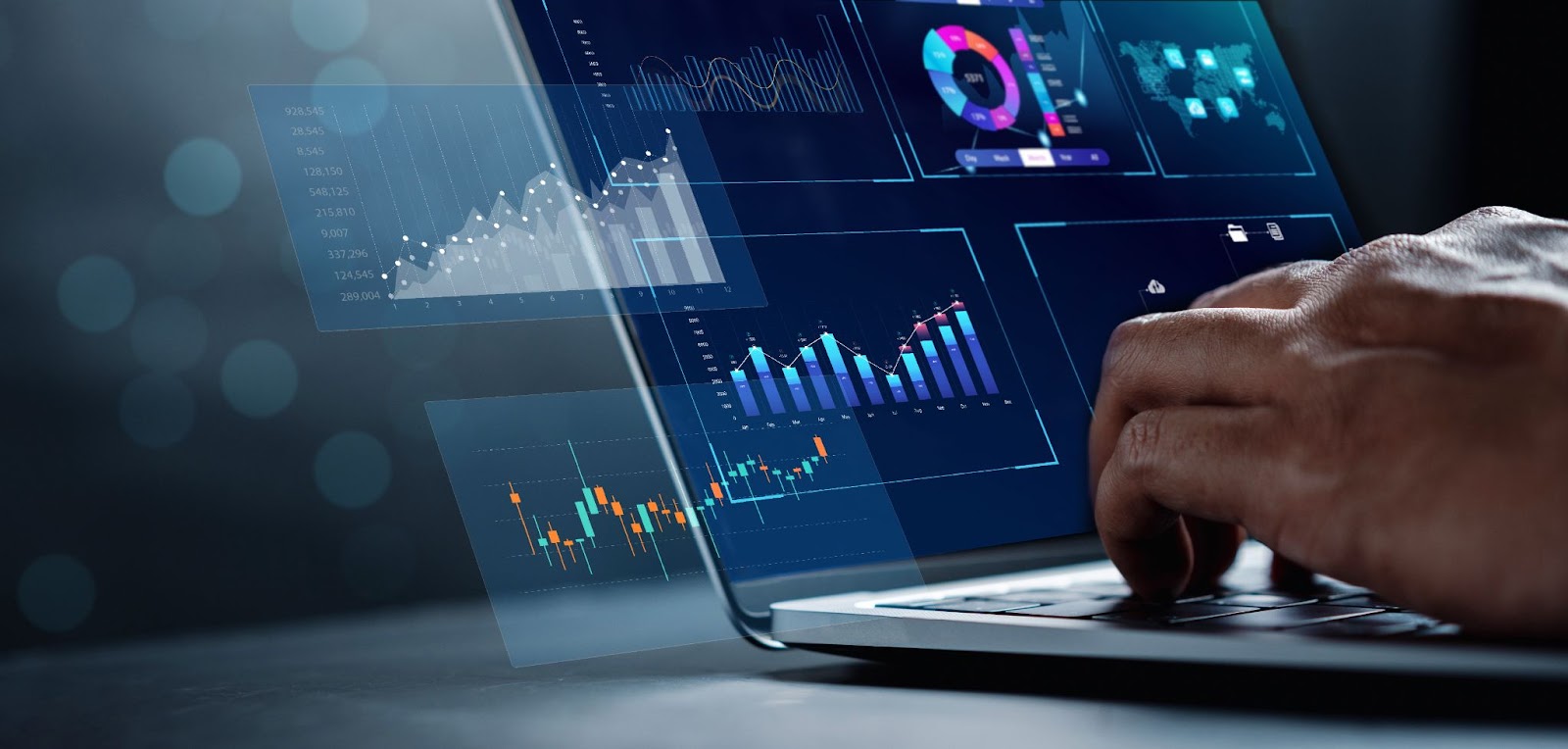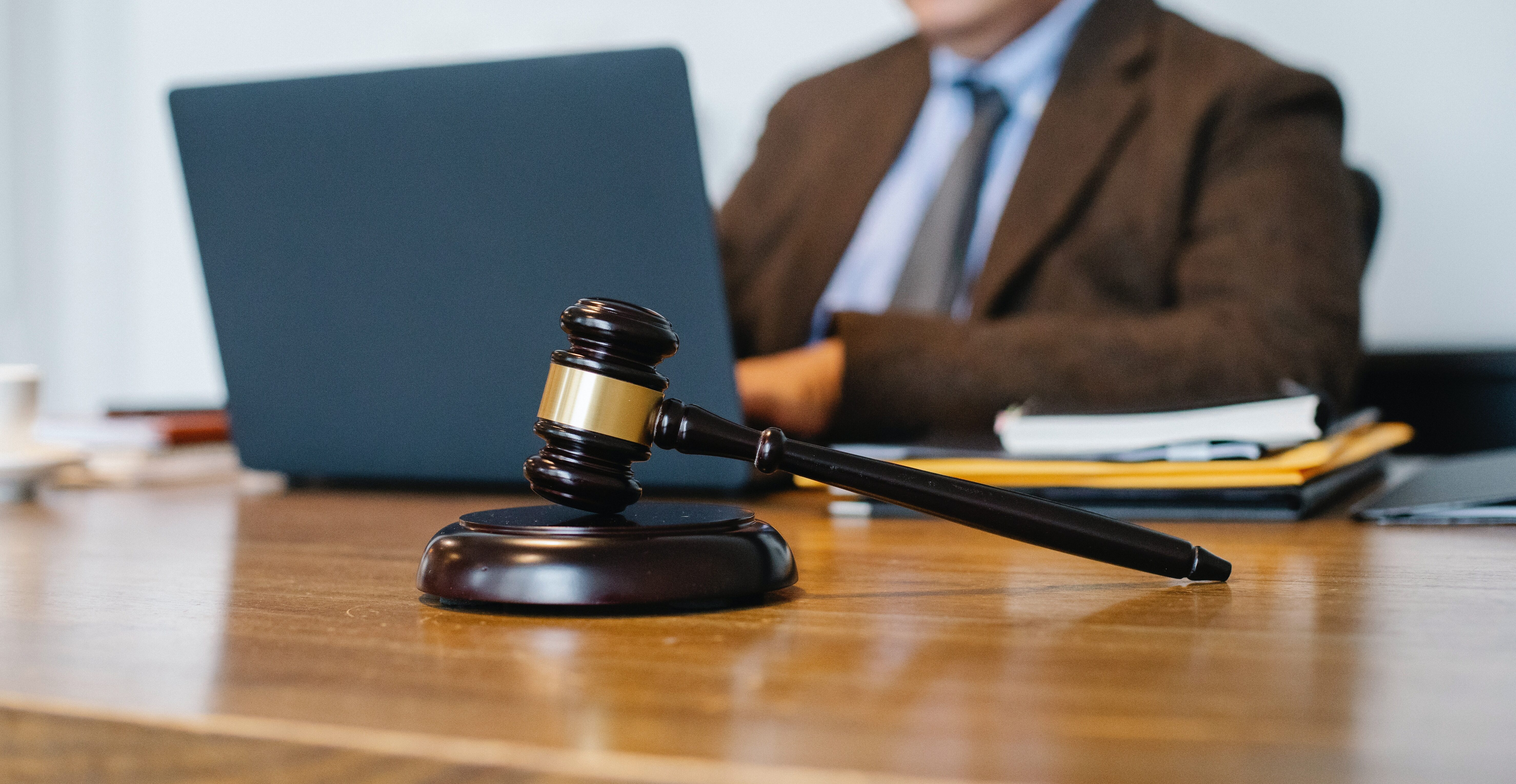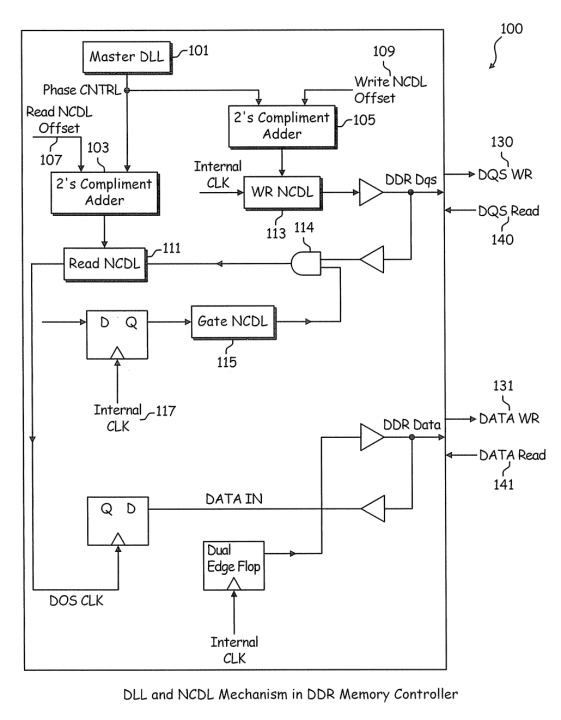The Intellectual Property Owners Association (IPO) Annual Meeting, September 23-25, at the Hyatt Regency in our hometown Chicago, hosted more than 1,000 attendees from all over the world. Eric Podlogar, IP Strategy and Valuation Market Lead, and Meg Rourke, Data Operations Manager, attended the conference.
Strengthening the U.S. Patent System
Andrei Iancu, Director of the U.S. Patent and Trademark Office (USPTO), set the tone for the event with his opening keynote on Monday the 24th. Following his keynote at Intellectual Asset Management IPBC, Director Iancu reinforced that the USPTO is actively working to address the perceived shortfalls associated with Section 101 of the patent code.
From his remarks, it is clear the Director has little confidence that the issues associated with the patentable subject matter will be addressed by legislative means anytime soon. But because of patenting activity in other parts of the world, there is a sense of urgency that the U.S. is falling from its innovation leadership position. Although it is not known exactly when any of the proposed changes will roll out, the Director did offer that it would be within the coming months. The theory is that by addressing the shortfalls, the U.S. patent system becomes stronger, and strength in U.S. patents will lead to more confidence in associated transactions, which in turn will foster more investment in innovation, thus continuing the cycle.
The drive of these changes is to ensure that the American Patent system remains the “crown jewel” and the “gold standard” of the world, and retains its innovation and technological development leadership.
Several of the sessions focused recent cases in the U.S. and international patent landscape. Some of the cases included:
- TC Heartland LLC v. Kraft Foods Grp. Brands LLC, 137 S. Ct. 1514 (2017): Despite the SCOTUS ruling in TC Heartland, there’s still some confusion related to how the different District courts interpret acts of infringement differently (especially with Hatch-Waxman actions), and foreign corporations and states with multiple judicial districts have additional challenges. The crux is that, as per Federal Circuit law (and not Regional Circuit law), the plaintiff bears the burden of proof of establishing a proper venue.
- Actavis v Eli Lilly [2017] UKSC 48: Suggesting that this ruling does not expand current infringement analysis in the U.K. under the Doctrine of Equivalents.
The content was an interesting review that avoided addressing Director Iancu’s Section 101 keynote.
Artificial Intelligence and IP – Looking Forward
Artificial Intelligence (AI) is everywhere, from Amazon’s Alexa to autonomous robotic surgeons, and the potential applications continue to grow. So where did this topic fit in at this year’s conference? There are some who believe AI or machine learning will alter their day-to-day responsibilities. In the session, AI and the Trademark Lawyer, the panel highlighted current uses of AI in the trademark legal practice, including trademark searching, online enforcement, discovery, and trademark litigation strategies and analysis. In a poll, 78% of attorneys said AI would substantially or completely change their jobs in the next 15 years.
So, there is not going to be an immediate shift to AI, but it would be smart to embrace the technology to be competitive. Ross intelligence is a research site that allows users to type, in plain English, legal research questions, and the tool will return case law and statutes related to the search. This is a great example of how AI could be a powerful resource for business development, trademark analytics, and identification research. The bets are that emerging technology can yield significant returns, so there is an incentive to try something creative. However, there must be a willingness to have it not pay off (acceptance of risk).




